Our columnist, veteran international coach Tjitte Weistra, shares his views on the pros and cons of coaches being granted a voice from the sidelines in international badminton.
By Tjitte Weistra, Badzine Columnist. Photos: BadmintonPhoto
I cannot even remember when the side and back-line coaching rules were introduced so it must be quite a while ago, just as I cannot remember when we changed to the best of 3 to 21 scoring system. It is so imbedded now and I cannot quite understand how we played best of 3 to 15 with settings to 18 and 17 on either 13-13 or 14-14. The setting at 13-13 was first removed before trials with other scoring systems started which eventually led to the current rally point system which I must say has been a good move.
This article, however, is not about the changes to the scoring system but about the side and back-line coaching opportunities coaches have these days and how it has, in my opinion, impacted the coaches, the players, and the sport in general.
I’m happy to be corrected but I believe that the main reason for introducing the side and back-line coaching rules was to create a level playing field for all countries when it comes to coaching. It was too hard for referees and umpires to stop coaching from the back line, especially when it involved non-English speaking countries so why not allow coaching from the back-line under a set of rules and let coaches and players decide how to take advantage of this opportunity or not.
Again, I think this was a good move (at the time) but it has some significant consequences for the players which are certainly not always in favour of the players (or the coaches for that matter). It has also greatly impacted the officials having to deal with coaches around the court.
Let me start with giving you a key example of back-line coaching which, within a very short time frame during a crucial match at a major championship, ended in 2 completely different results which both impacted the game heavily. Before describing the incident, I would like to recommend all coaches to openly discuss especially back-line coaching with your players. I see too many coaches forcing their style of back-line coaching upon players without considering the player’s preference and what the player believes will actually help them perform better. No two players are the same and coaches must recognise this and enter into dialogue with their players to establish an understanding of how the coach can best assist the player from behind the court. Some, for example, need the coach to be intense and very vocal where others prefer a passive, low-key approach.
During a major international championship in 2006, I was coaching a mixed doubles combination in a semi-final, where a win would guarantee a medal. I had a clear agreement with the players about the style of back and side-line coaching to ensure they got the information they needed in the permitted time. Back-line coaching in between rallies was a no-no except for the occasional positive and supportive comment.
Deep into the 2nd set (after they had won the first set) I took a risk by giving a short and sharp instruction to the male player to serve short and wide (from right to right to a right handed player) to the male player receiving serve on the other side. I shocked myself by saying this as I immediately realised that I had broken the agreement we had but couldn’t contain myself. To my surprise the player listened and followed my instruction with the result being a direct point (ace), as the player on the other side didn’t see it coming at all. It brought the score to 18-15 in the 2nd set and I felt great.
I felt so good because of the result of my instruction that I immediately decided to give another instruction, this time to serve a flick to the girl. The player listened again with the result being a hammering smash from the girl right into the chest of the female partner of the player I instructed to play a flick serve.
These were two intense moments at a crucial time during the match but even more so during a major championship, one being successful and the other one clearly not. Both impacted the score significantly and ultimately could have been deciding in the overall result of the match. Luckily, we won the match.
The above is just one small example of how coaches can make a difference during a game by giving clear instructions to the players on the court. Coaching too much doesn’t create players who think for themselves, which is crucial, especially to European players. Sometimes I wonder whether the back and side-line coaching rule actually works in favour of European players as their strength often lies in the tactical approach to the game. Are players being “dumbed down” by the back and side-line coaching rules? Should Badminton look at moving back towards no coaching from the side and back-line except pre-match? How would that change the game?
Many problems have occurred between coaches and officials just because of the close presence of coaches to the court and the opportunity it provides to interrupt the players, the game and to enter into dialogue with umpires, line judges and referees. Isn’t part of sport that athletes can think for themselves and isn’t it great to see two or more athletes battling it out on the playing field without the constant interruption of coaches? Shouldn’t coaches be doing their work prior to each match and then trust that their players can go out and do the job and adjust where necessary?
Sorry to be raising so many questions but I think it is time to review the coaching rules and see whether it is actually good for our sport.
![COACH’S NOTEBOOK – To coach or not to coach, that’s the question Our columnist, veteran international coach Tjitte Weistra, shares his views on the pros and cons of coaches being granted a voice from the sidelines in international badminton. By Tjitte Weistra, […]](http://www.badzine.net/wp-content/uploads/Newsflash-thumbnail.png)
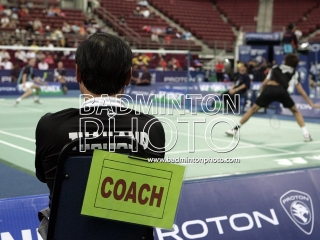
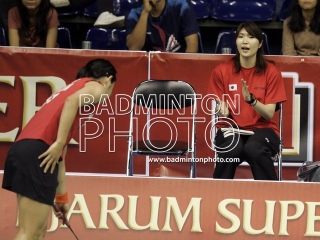
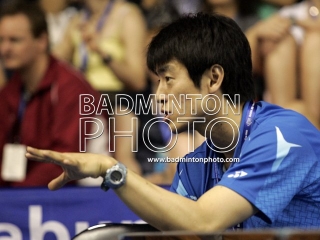
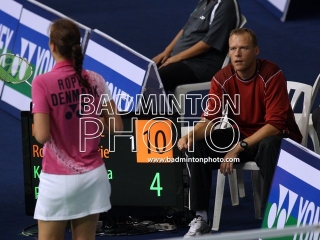
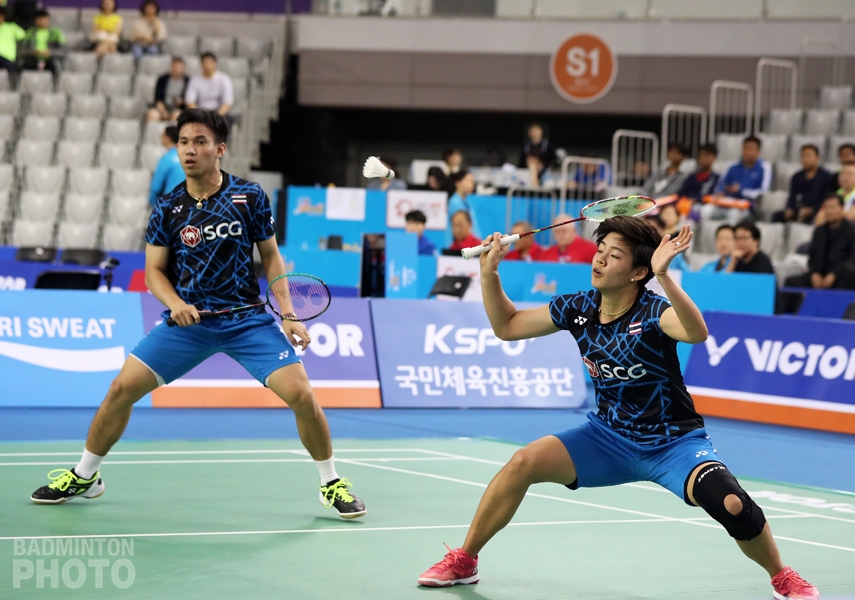
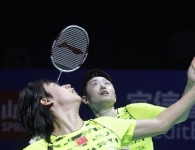
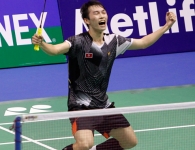
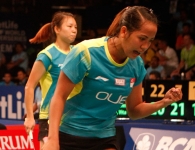

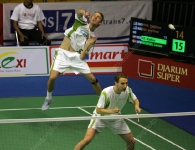
Leave a Reply